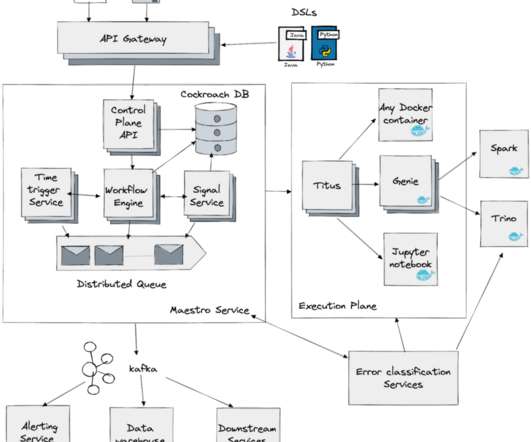Optimizing data warehouse storage
The Netflix TechBlog
DECEMBER 21, 2020
We built AutoOptimize to efficiently and transparently optimize the data and metadata storage layout while maximizing their cost and performance benefits. This article will list some of the use cases of AutoOptimize, discuss the design principles that help enhance efficiency, and present the high-level architecture.











Let's personalize your content